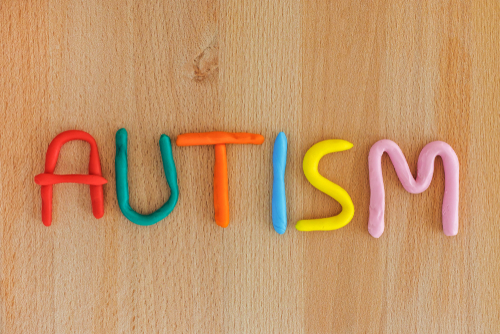Algorithm to Measure Pupil Dilation, Heart Rate Could Help Detect Rett Earlier

An algorithm that measures spontaneous variations in pupil dilation or heart rate could allow much earlier detection of Rett syndrome (RTT) and possibly other autism-related disorders, researchers have found.
Scientists have developed a machine-learning program that spots changes in pupil dilation and heart rate linked with arousal that accurately detect autism-like disorders in mice prior to the onset of symptoms, and Rett syndrome in girls during the first and second year of life.
The tool could also be used to monitor patients’ responses to treatments in clinical trials.
The study, “Deep learning of spontaneous arousal fluctuations detects early cholinergic defects across neurodevelopmental mouse models and patients,” was published in the journal PNAS.
Autism spectrum disorder (ASD) and other neurodevelopmental disorders often are diagnosed beyond age 4, when increased plasticity of the infant brain is already gone, making behavioral or speech/occupational interventions less effective. This raises the urgent need for biomarkers able to detect and track these disorders earlier.
“We want to have some readout of what’s going on in the brain that is quantitative, objective, and sensitive to subtle changes,” neuroscientist and study leader Michela Fagiolini, PhD, from Boston Children’s Hospital, said in a press release.
“More broadly, we are lacking biomarkers that are reflective of brain activity, easy to quantify, and not biased. A machine could measure a biomarker and not be affected by subjective interpretations of how a patient is doing.”
She and colleagues found that mouse models of ASD of either unknown or genetic cause, including mice with a mutation in the MeCP2 gene, which underlies Rett syndrome, have alterations in spontaneous oscillations of pupil size — a body response to arousal that is present across species, including humans.
These alterations occurred even before mice had symptoms of ASD, and were found to arise from changes in cholinergic signals, a brain pathway involved in arousal, learning, short-term memory, and reward — and important for shaping behavior.
Several studies have suggested that the brain’s cholinergic circuits are especially perturbed in people with ASD, and these perturbations translate into altered states of arousal, which result in changes in pupil dilation and heart rate (another proxy for arousal).
“These two biomarkers fluctuate in a similar way because they are proxies of the activity of autonomic arousal,” said Pietro Artoni, PhD, postdoctoral fellow at Boston Children’s Hospital. “It is the so-called ‘fight or flight’ response.”
Autonomic arousal is a property of the brain preserved across species; researchers figured it could be a reliable indicator of an altered development in children with autism.
Researchers wanted to use arousal markers — pupil dilation and heart rate — to detect ASD and related disorders earlier, even before typical signs and symptoms became evident.
They developed an artificial intelligence algorithm to automatically and objectively detect these changes, and potentially serve as an early diagnostic tool.
First, researchers used mouse models to “train” a machine-learning algorithm to spot abnormal pupillary patterns. This algorithm was then retrained with 35 young girls with Rett syndrome and 40 typically developing controls. But rather than measuring the girls’ pupils, researchers used heart rate fluctuations as the proxy for arousal.
ConvNetACh, the final version of the algorithm, successfully distinguished girls with Rett from typically developing controls with an accuracy of 80% in the first and second year of age.
In addition, it could identify patients at stage 3 (plateau) of the disease with 88% accuracy. Of note, Rett is classified has having four different stages, from early onset (stage 1) to late motor deterioration (stage 4).
In a prior work, Fagiolini and other team members had shown that visual evoked potentials, a measure of visual processing in the brain detected by electroencephalogram (EEG), could also serve as a potential biomarker for RTT.
Now, researchers believe that joining both biomarkers — heart fluctuations linked to arousal and visual evoked potentials — could offer accurate yet affordable screening tools for infants and toddlers.
“If we have biomarkers that are non-invasive and easily evaluated, even a newborn baby or non-verbal patient could be monitored across multiple timepoints,” Fagiolini said.






